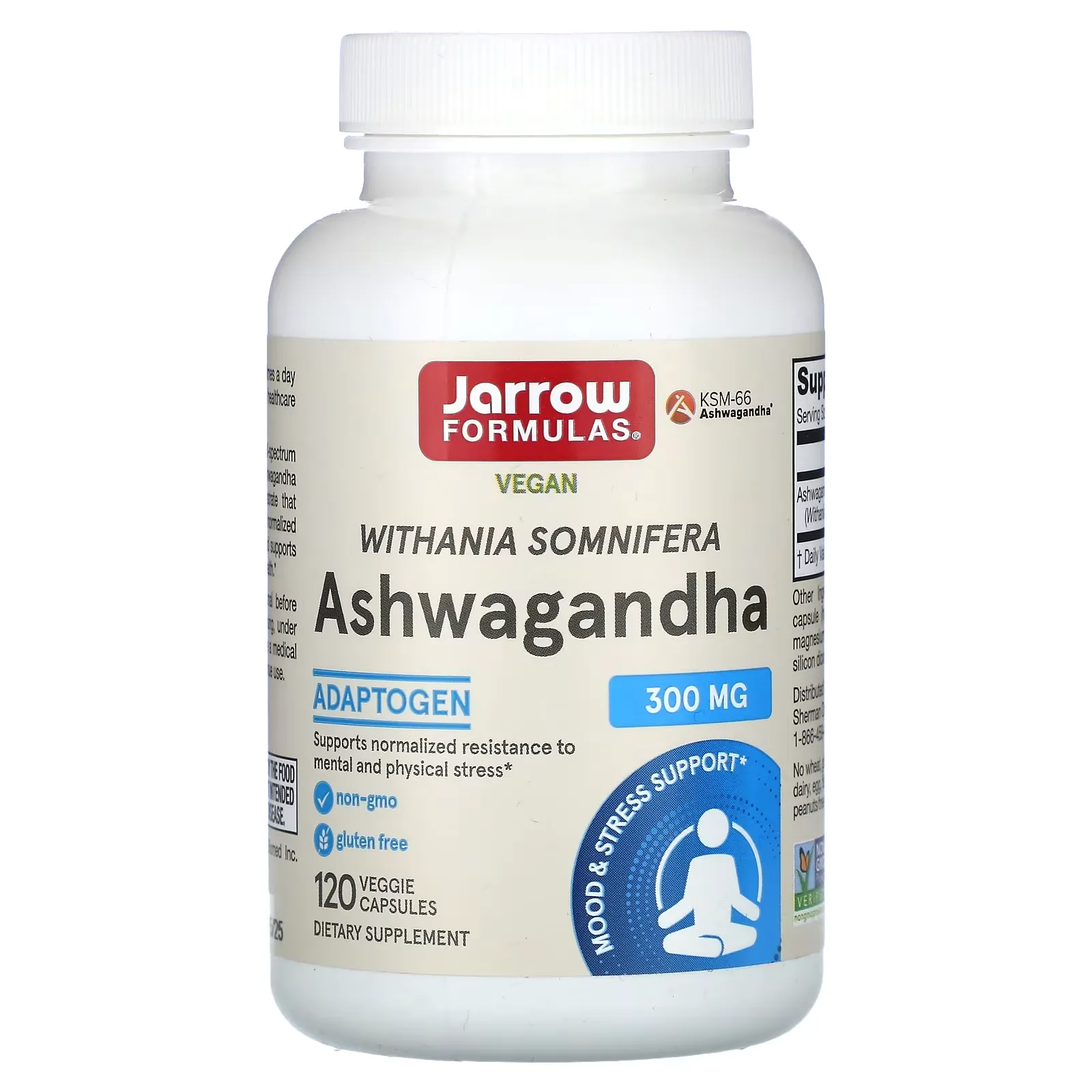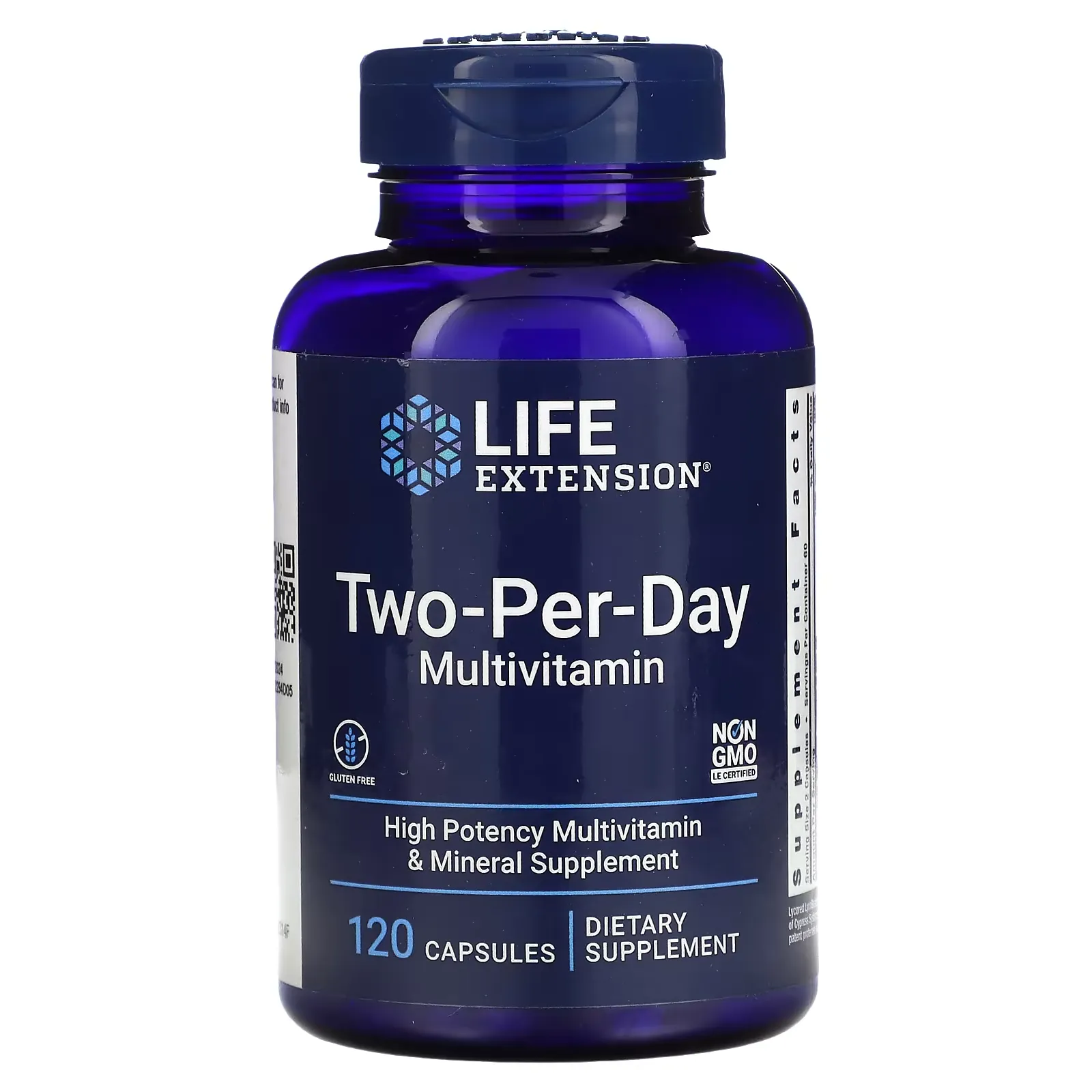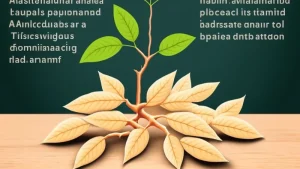Spoilers for this article
- ashwagandha (type of Indian cactus)is an ancient health supplement that has been used to maintain health andstressReduction and other benefits are expected.
- ashwagandha (type of Indian cactus)root (of a tooth, hair, etc.)essencewas shown to be capable of repairing liver and kidney damage caused by lead poisoning.
- By inhibiting the lipid peroxidation reaction caused by lead poisoning,ashwagandha (type of Indian cactus)root (of a tooth, hair, etc.)essencemay repair the damage.
."ashwagandha (type of Indian cactus)protects the liver and kidneys, I'm told."
'To lead poisoning.ashwagandha (type of Indian cactus)It's supposed to work... but I don't have any information."
."ashwagandha (type of Indian cactus)I'm in the process of looking into the various effects of the
This article is for these people.
In this paper, we present the results of a study of Withania somnifera (ashwagandha (type of Indian cactus)rootessencehas been investigated for its importance to lead poisoning in modulating lipid peroxidation reactions in liver and kidney tissue.
Experiments with mice have shown that lead administration increased lipid peroxidation in the liver and kidneys of mice, butashwagandha (type of Indian cactus)root (of a tooth, hair, etc.)essencewas administered, a decrease in lipid peroxidation was observed.
By this,ashwagandha (type of Indian cactus)root (of a tooth, hair, etc.)essenceandSuggests that it may have an ameliorative effect in lead-poisoned miceThe first time the company was founded, it was a "new" company.
People who want to protect themselves from damage caused by lead poisoning and,ashwagandha (type of Indian cactus)If you are interested in the health benefits of the study, please refer to this study.
What is ashwagandha in the first place?

ashwagandha (type of Indian cactus)(scientific name: Withania somnifera Dunal) has been used for thousands of years in Ayurveda, the traditional medicine of India, to treat both physical and mental health problems.stressThe herb has been used as an effective medicine, tonic, and even aphrodisiac.
Nowadays, the effectiveness of these products has been proven by modern science through various clinical studies, and they are attracting attention.
The fruit is an evergreen shrub of the eggplant family. The name comes from the horse's (ashwa) smell (ganda).
Some say it is named after the robust vigor of horses.
▼Recommended Articles

Basic information about the paper
I would like to introduce "Withania somnifera (ashwagandha (type of Indian cactus)rootessenceInhibitory Effects of Pb-Induced Oxidative Damage in Male Mice by

| Paper Information | |
|---|---|
| Journal Name | Pharmacol Res |
| author (usu. of a particular book, etc.) | S S Chaurasia, S Panda, A Kar |
| Date of Issue | June 2000 |
| volume | 41 |
| issue | 6 |
| page | 663-666 |
| DOI | 10.1006/phrs.1999.0634 |
| PMID | 10816336 |
Research Objectives
The purpose of this study was to determine whether Withania somnifera (ashwagandha (type of Indian cactus)) Rootessencewas to determine whether the liver and kidney lipid peroxidation response to lead poisoning could be modulated.
- lead poisoning
-
Health hazards caused by long-term lead exposure. Lead is present in air and water and can be ingested through drinking water and food.
Symptoms include neuropathy, kidney damage, anemia, and osteoporosis, and treatments include administration of lead excretors and blood transfusions.
Prevention is key, and replacing building materials that contain lead and checking lead levels in drinking water and food are preventative measures.
- lipid peroxidation reaction
-
Lipids present in cells are oxidativestressA reaction in which lipid peroxide or oxidized lipids are damaged by
This reaction is known to damage the structure and function of cell membranes, causing inflammatory reactions and cell death.
Lipid peroxidation reactions are also considered to be a cause of aging, lifestyle-related diseases, cancer, neurodegenerative diseases, and other illnesses, and are considered to have a high potential for adverse health effects.
As mentioned above,ashwagandha (type of Indian cactus)has been used as a medicinal herb since ancient times, as a painkiller and antistressIt is believed to be effective as an agent.
This is where the researchers took notice, "Could this also be effective for lead poisoning?" This is why researchers have been looking for ways to treat lead poisoning.
method
Researchers administered 0.5 mg of lead acetate per kilogram of body weight to mice over a 20-day period and examined lipid peroxidation responses in the liver and kidneys.
Afterwards,ashwagandha (type of Indian cactus)root (of a tooth, hair, etc.)essencewith lead-acetic acid at various doses, also to examine the lipid peroxidation response in the liver and kidneys.
The activities of the antioxidant enzymes superoxide dismutase (SOD) and catalase (CAT) were also measured.
- Superoxide dismutase (SOD)
-
A type of antioxidant enzyme present in cells.
It plays an important role in protecting cells by decomposing harmful reactive oxygen species such as hydrogen peroxide and lipid peroxide that are generated within cells.
- Catalase (CAT)
-
oxidationstressA type of enzyme that protects cells from
Oxidation by decomposing hydrogen peroxide (H2O2) and converting it to water and oxygenstressIt works to alleviate the
oxidationstressThe breakdown of H2O2 produced in excess by H2O2 can prevent cell damage and disease progression.
result
According to the study results, lead administration increased lipid peroxidation reactions in the liver and kidney tissues of mice.
However, theashwagandha (type of Indian cactus)root (of a tooth, hair, etc.)essenceat doses of 0.7 g/kg and 1.4 g/kg at doses equivalent to lead-acetic acid significantly decreased the lipid peroxidation response in the liver and kidney and increased the activity of SOD and CAT.
Increased lipid peroxidation after administration of lead,ashwagandha (type of Indian cactus)You are saying that the opposite was true, that it decreased after administering the
From these results,ashwagandha (type of Indian cactus)root (of a tooth, hair, etc.)essencehas been suggested to have the potential to repair damage caused by lead poisoning.
| type | dose | Liver lipid peroxidation reaction | Lipid peroxidation reaction in the kidney | SOD activity | CAT Activity |
|---|---|---|---|---|---|
| control group | – | 2.37 ± 0.17 | 1.67 ± 0.12 | 27.62 ± 1.64 | 26.15 ± 1.12 |
| lead only | 0.5 mg kg(-1)body wt. day(-1) for 20 days | 4.33 ± 0.28* (0.28%) | 3.25 ± 0.19* (0.19%) | 17.21 ± 0.87* (0.87%) | 16.28 ± 0.72* (0.72%) |
| 0.7 g kg(-1) ashwagandha (type of Indian cactus)root (of a tooth, hair, etc.)essence | 0.5 mg kg(-1)body wt. day(-1) for 20 days | 3.12 ± 0.21* (0.21%) | 2.33 ± 0.17* (0.17%) | 23.14 ± 1.21* (1.21%) | 22.10 ± 1.02* (1.02*) |
| 1.4 g kg(-1) ashwagandha (type of Indian cactus)root (of a tooth, hair, etc.)essence | 0.5 mg kg(-1)body wt. day(-1) for 20 days | 2.05 ± 0.14* (0.01 ± 0.01) | 1.48 ± 0.09* (1.48 ± 0.09*) | 26.73 ± 1.45* (1) | 25.15 ± 1.21* (1) |
* Values are presented as mean ± standard deviation, with * indicating significantly different (p < 0.05) compared to the control group. Units are nmol MDA formed/mg protein for LPO, units/mg protein for SOD and CAT.
The "control group" here refers to ordinary mice that have not received any treatment.
consideration
The researchers are,ashwagandha (type of Indian cactus)root (of a tooth, hair, etc.)essencemay repair damage caused by lead poisoning.
From these results, we can conclude thatashwagandha (type of Indian cactus)root (of a tooth, hair, etc.)essenceandantioxidantThe result is that the
ashwagandha (type of Indian cactus)Science has revealed yet another traditional effect of the
However, this study was conducted on mice, and the results of this study on humansashwagandha (type of Indian cactus)The effectiveness and safety of the product has not yet been confirmed.
It only means that "there was an improvement in mice," so it could probably be applied to humans as well, but the verification itself has not yet been done.
Conclusion.
How was it? I would like to conclude with a summary of this article.
Summary of this article
- ashwagandha (type of Indian cactus)is an ancient health supplement that has been used to maintain health andstressReduction and other benefits are expected.
- ashwagandha (type of Indian cactus)root (of a tooth, hair, etc.)essencewas shown to be capable of repairing liver and kidney damage caused by lead poisoning.
- By inhibiting the lipid peroxidation reaction caused by lead poisoning,ashwagandha (type of Indian cactus)root (of a tooth, hair, etc.)essencemay repair the damage.
By this study,ashwagandha (type of Indian cactus)root (of a tooth, hair, etc.)essencehas been suggested to repair damage caused by lead poisoning.
ashwagandha (type of Indian cactus)is a good way to maintain health andstressHowever, this study was conducted on mice, and the results of the study are not applicable to humans.ashwagandha (type of Indian cactus)The effectiveness and safety of the product has not yet been confirmed.
By future research,ashwagandha (type of Indian cactus)root (of a tooth, hair, etc.)essenceWe look forward to receiving information on the health benefits and safety of
That's all for this article. Thank you for reading to the end.
See you then.
Disclaimer
This site is primarily intended toashwagandha (type of Indian cactus)to provide information about the results of the study and not to provide medical advice.
It is not intended to diagnose, treat, or prevent any specific disease or condition.
Always follow professional advice when using the information on this site.
We also cannot be held responsible for any loss or damage that you may suffer as a result of acting on the basis of the information on this site.
Use of AI in Content Generation
This website uses AI-based automatic generation for some content.
The information generated by this automatic generation is checked against actual references and articles, and great care is taken to ensure accuracy and reliability.
It is also intended to enhance the transparency and credibility of this site by appropriately disclosing content created through automatic generation.
We believe that this site can provide richer and more useful content through automation and AI-based content creation, which will enable us to provide information more quickly and accurately.




